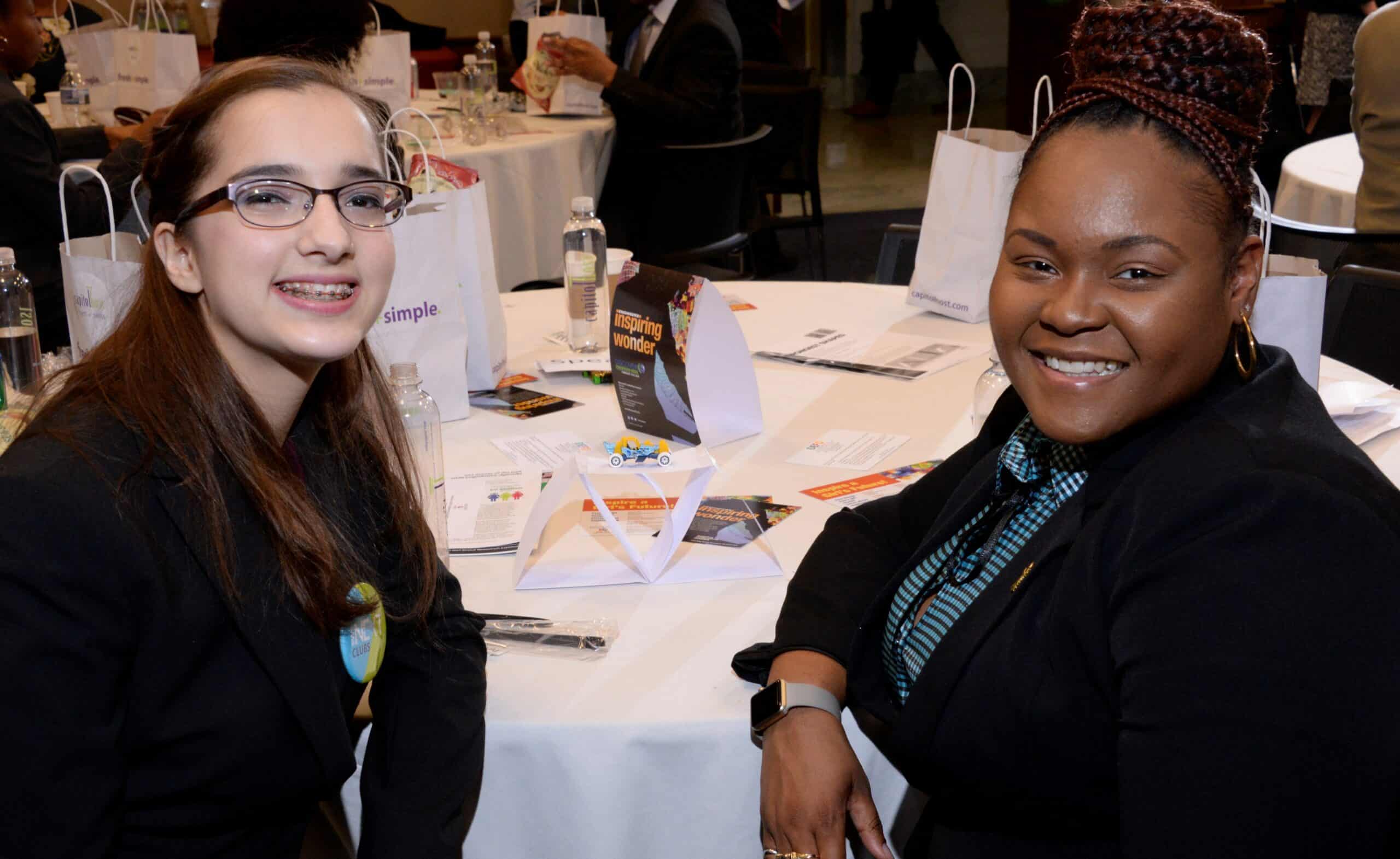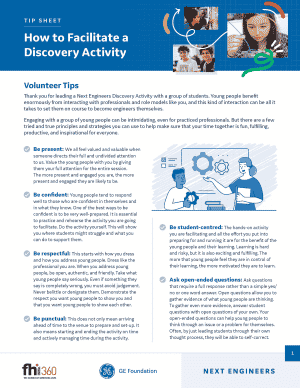Creating inclusive STEM experiences

DiscoverE hosted a conversation on inclusion with:
- Jocelyn Jackson, the 2019-2021 National Chair for the National Society of Black Engineers and Ph.D candidate at Univ. of Michigan;
- Vasana Maneeratanta, an Intel engineer and AAAS EntryPoint! alumni;
- Hector Rodriguez, a Ph.D student at Purdue and Out to Innovate member; and
- Dr. Mike Smith, DiscoverE Board President and sesson moderator.
The discussion focused on creating welcoming environments where students feel like they belong and the role this plays in building a student’s STEM identity. Below are three main takeaways that might help in your outreach efforts or teaching.
Ask and listen
One recommendation was universal—be curious, ask a lot of questions and listen with the intention of understanding the student’s perspective and validating their ideas.
Inclusion in action
Tips for involving everyone
- Reflect on what you heard from the panel. Dr Mike shared the idea that many of us start from a place of assumption rather than a place of engagement. Think about your teaching or presentation style, are there things you can try to start from a place of engagement?
- We’re all different. Hector talks about understanding who he is, how he’s seen by different people, and exploring how that impacts his interactions. How does your background and personal experiences shape your interactions?
Give Feedback
Kids are experts in identifying and ignoring obvious cheerleading. Meaningful feedback that recognizes their effort and ideas, helps to build a connection and their confidence.
Acknowledgement in action
Tips for recognizing accomplishments
- Give constructive feedback. Be specific, detailed, and encouraging. A simple good job, while encouraging, does not tell a student why you think it’s good or what they can do to improve.
- Encourage improvements. Point out what’s working and share how they can improve with small steps they can follow.
- Highlight their effort. STEM is about learning from our successes and failures. It’s about our attitude to keep learning and improving, regardless of outcome.
Hidden Struggles
Kids are masterful at hiding their differences and struggles. No one wants to be in the spotlight for something that indicates they are not part of the crowd. Whether it’s a hidden disability or they are struggling with an academic concept, it’s important to remember that we’re experiencing things differently.
Uncovering struggles in action
Tips for helping students
- Be available. Kids aren’t going to immediately share all that they are dealing with, but being open, accepting, and willing to listen allows them to share when they are ready.
- Share your own struggles. When you share your own challenges you’re modeling for students (and other adults) that they aren’t alone and you’re someone they may want to talk to.
- Check their understanding. Ask kids to explain what’s happening. Ask follow-up questions like “Tell me more about..” “Why do you think…” or “Explain why …

